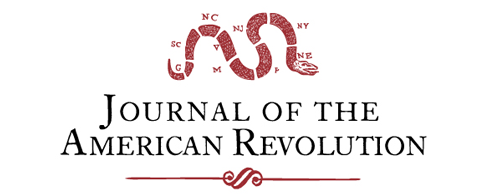Ruling Rebels: How the Sons of Liberty Became Colonial Powerbrokers
On August 14, 1765, the town of Boston was in turmoil. At the entrance to the city, two large effigies were hanging from a great tree. The first effigy was that of John Stuart, the Earl of Bute, whilst the second was that of Andrew Oliver, a local stamp collector. Their two likenesses had been […]
